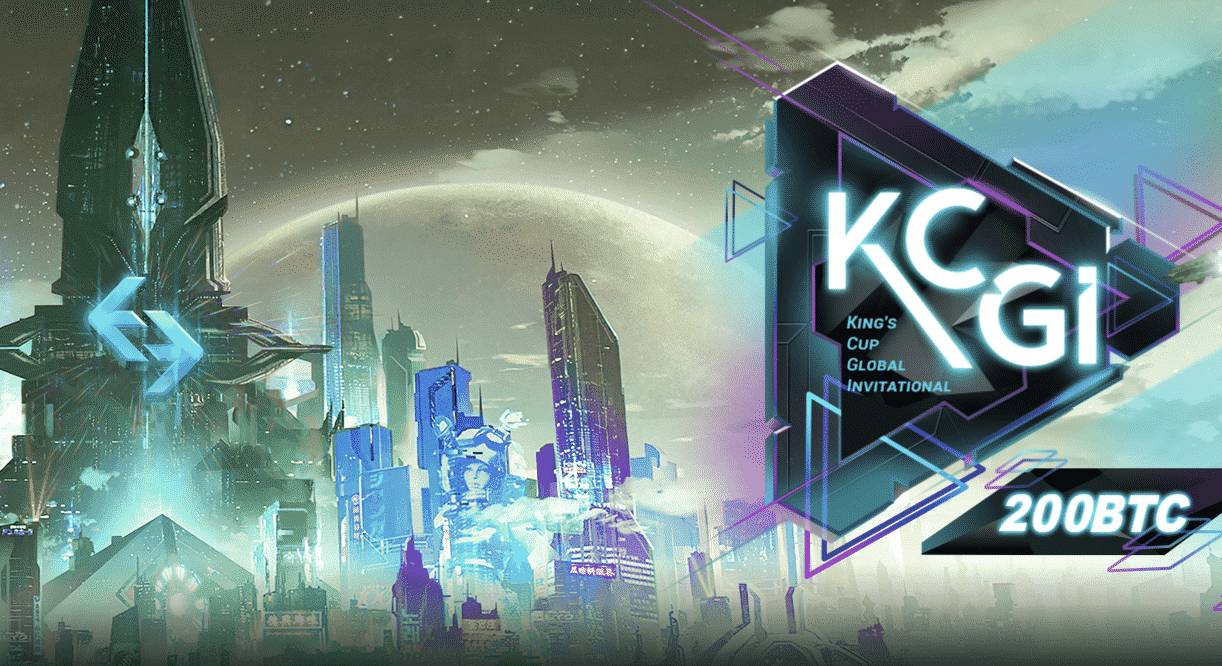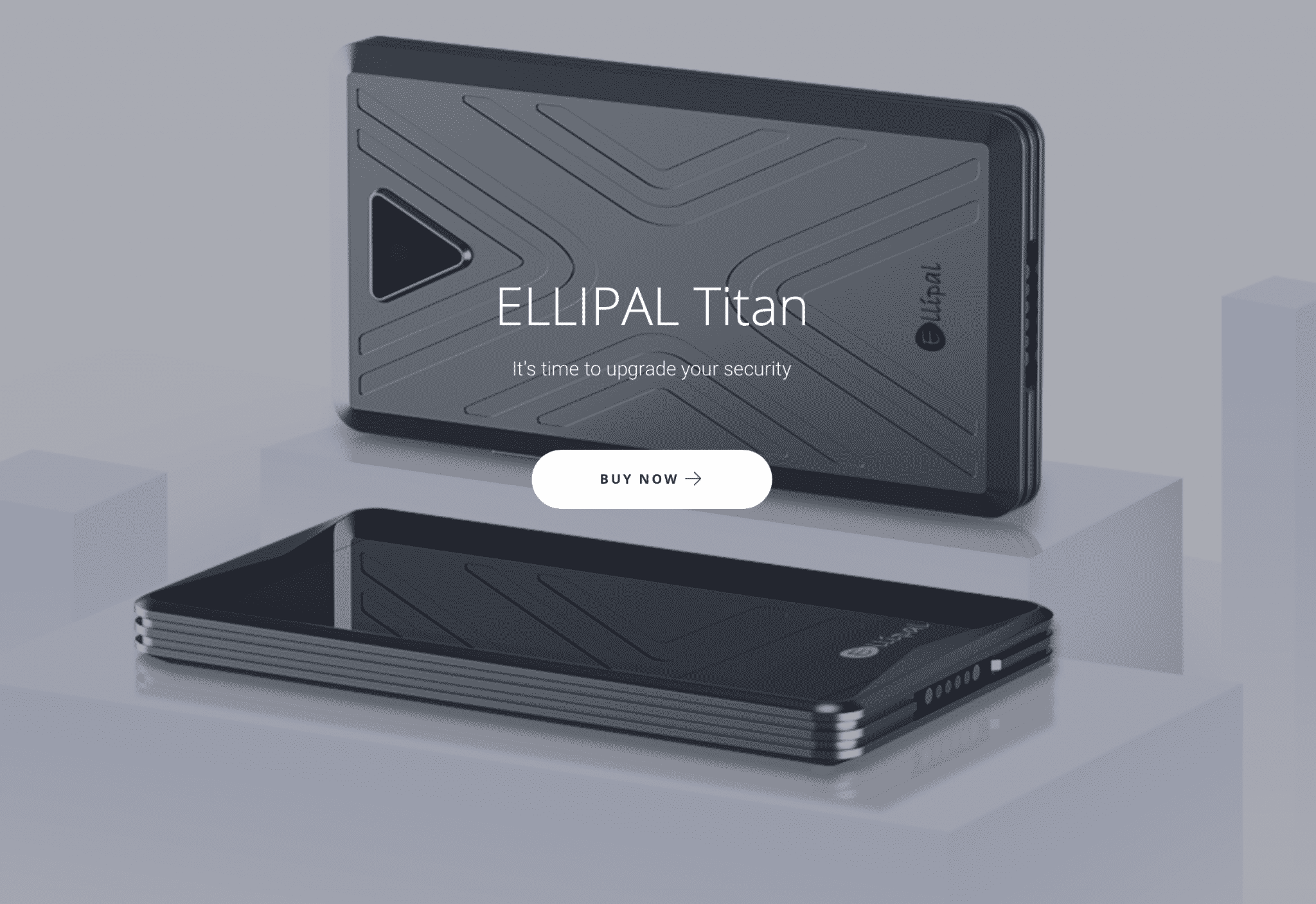 Navigation
Navigation

Litecoin Hashrate Falls by 32.86% After Block-Halving
|
|
August 5, 2019, was an important day for the Litecoin community. That was the day that Litecoin (LTC) went through a halving event. Since then, many expected the price to pick up. However, things haven’t turned out that well for Litecoin. During the eve of the halving, the price of LTC/USD crossed $100 for a little time before plunging to $73.50 at press time. That’s a ~26.50% drop in price. Since the halving, the amount of mining activity has decreased significantly. In this article, let’s take a closer look at the state of Litecoin mining and hashing activity.
The importance of Hashrate
Litecoin, as you may know, is a fork of the Bitcoin network, meaning that it is also running on a proof-of-work (POW) system. In a POW system, these are special nodes called “miners” who are in charge of the mining process. These miners use their computational power to solve puzzles within the network. The successful miner gets to add their block to the Litecoin chain and gets a block reward in return. The hashrate is the total computational power within the network. More miners mine in the network, more the hashrate. A network with a high hashrate is faster and more secure than its peers.
What is Halving?
Quite like Bitcoin, Litecoin also has a fixed upper cap on the total number of coins within the ecosystem. While Bitcoin has 21 billion coins, Litecoin will have 84 billion coins. The network difficulty adjusts according to the hashrate of the network, to make sure that mining is a lot more spread out. More the hashrate, more the network difficulty and vice-versa.
Block reward halving is another measure taken by cryptocurrencies to ensure manageable mining. After every 840,000 blocks, Litecoin goes through a halving process. Before 5th August, Litecoin had a block reward of 25 LTC, but it is currently at 12.5 LTC.
The Effects of Halving on Hashrate
Before the halving, Charlie Lee said in a candid interview that the expected a lot of miners to “shut down” their systems. In an interview with Australian crypto news site Mickey, Lee said:
“When the mining rewards get cut in half, some miners will not be profitable and they will shut off their machine. If a big percentage does that, then blocks will slow down for some time. For litecoin, it’s three and a half days before the next change, so possibly like seven days of slower blocks, and then after that, the difficulty will readjust and everything will be fine.”
The Litecoin hashrate chart has dropped significantly since the halving. (NOTE: All the graphs have been taken from Bitinfocharts.)
On 4th August – a day before the halving – Litecoin had a hashrate of 458.33 THash/s, which has since fallen to 309.71 THash/s within three weeks on 23rd August. During this period, the hashrate has dropped by 32.86%. This shows us that miners have left the network since the halving since they weren’t making enough profits.
To make up for the miner-deficit, the difficulty of the network has fallen to compromise for the loss.
As can be seen, the difficulty has fallen from 15.993M on 4th August to 11.397M 23rd August. This is a drop of 28.74%.
The mining profitability chart has also fallen significantly, showing us that the profits generated from mining have fallen miserably.
The chart above shows us that it is 42.73% less profitable to mine on 23rd August when compared to 4th August.
So, how has this affected the block time?
Litecoin has a block time of 2.5 mins, which a quarter of Bitcoin’s block time (10 mins). There were some fluctuations in the upper side for Litecoin’s block time immediately after the halving.
On 8th August 2019, the Litecoin block time exceeded 3 mins for the first time since 27th November 2018. Litecoin Founder Charlie Lee wasn’t too bothered about the block time. He tweeted:
“Since Litecoin blocks are 4 times faster than Bitcoin’s, the network can handle a sudden decrease in hashrate much better. If 75% of hashrate disappears overnight, Litecoin just acts like Bitcoin for 2 wks (10 mins blks) and then diff retargets and everything is back to normal.”
The block time has since adjusted back around 2.5 mins.
Cause for concern, or is it the normal course of action?
There is a lot of FUD surrounding the recent drop in Litecoin’s price. However, how much of it is founded on facts and how much of it is just paranoia?
The previous Litecoin halving happened on 26th August 2015, when its block reward halved from 50 LTC to 25 LTC.
The price of LTC/USD on halving day was about $2.95. Since the 2015 halving, within the same three-week, the price has pretty much trended around $2.70 to $3 without much fluctuation. However, it was nearly a year-and-a-half later that the price jumped up and broke past the $10 barrier. Exactly two years since the halving, on August 26, 2017, LTC was trading around $50.50.
To put that into perspective, that’s a 1610% increase in price!
While it will be unrealistic to expect such an increase in price, trigger-happy Litecoin holders need to understand that the halving event happened just three weeks ago. While the immediate price drop didn’t happen the last time around, we have to give Litecoin more time to gain an accurate perspective of its post-halving performance.











I agree with some points from your article. But there are moments that are even difficult to unite. If you look at the cryptocurrency capitalization and hash here http://coin-cap.pro/. And you will understand that this is not only a simple tool. And people are engaged in professional cryptocurrency and earn good money on this.
I agree with some points from your article. But there are moments that are even difficult to unite. If you look at the cryptocurrency capitalization and hash here http://coin-cap.pro/. And you will understand that this is not only a simple tool. And people are engaged in professional cryptocurrency and earn good money on this.
I agree with some points from your article. But there are moments that are even difficult to unite. If you look at the cryptocurrency capitalization and hash here http://coin-cap.pro/. And you will understand that this is not only a simple tool. And people are engaged in professional cryptocurrency and earn good money on this.
Hello, Can I buy bitcoins from you, I am ready to buy about 100 bitcoins for the price of 11 000 dollars, this is not a scam! I will be the first to transfer money, write me on twitter @MrKinJang
Hello, Can I buy bitcoins from you, I am ready to buy about 100 bitcoins for the price of 11 000 dollars, this is not a scam! I will be the first to transfer money, write me on twitter @MrKinJang
Hello, Can I buy bitcoins from you, I am ready to buy about 100 bitcoins for the price of 11 000 dollars, this is not a scam! I will be the first to transfer money, write me on twitter @MrKinJang
Well written read
Well written read
Well written read
Because of the case function, more miners could change this condition.
Because of the case function, more miners could change this condition.
Because of the case function, more miners could change this condition.
Great read!
Great read!
Great read!